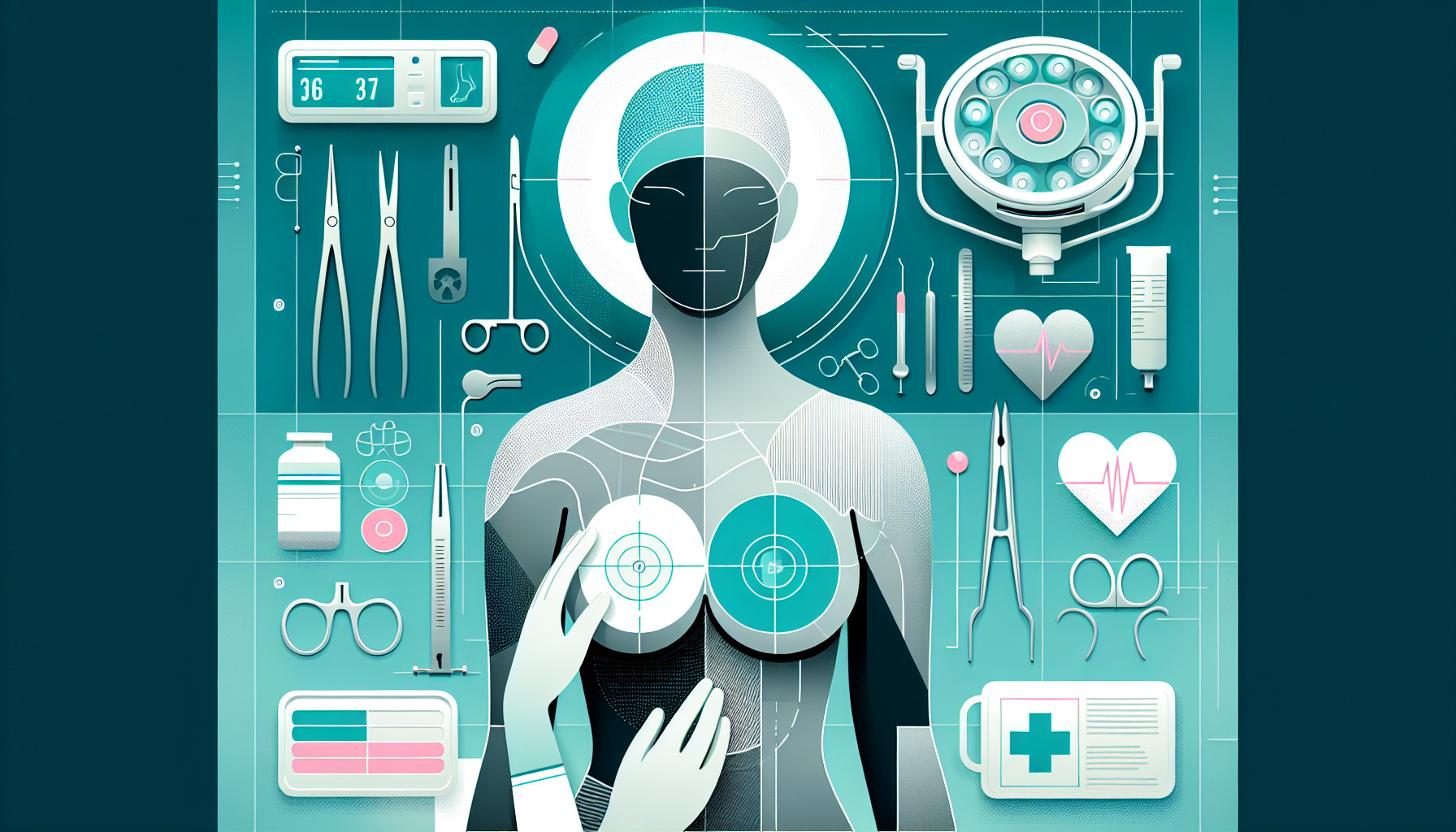Our Summary
This research paper takes a look at the history of breast reconstruction after mastectomy (the surgical removal of one or both breasts), which has been used to treat breast cancer since the late 19th century. When it was first introduced, many surgeons thought breast reconstruction was unnecessary or even harmful. However, the procedure has gradually evolved and is now able to address almost any kind of surgical damage caused by mastectomy. This review explores the key historical advancements that have shaped the current approach to breast reconstruction after mastectomy. It also seeks to understand the economic, social, and psychological factors that have influenced the slow acceptance of this procedure over many years.
FAQs
- How has the perception of breast reconstruction changed since the first radical mastectomy in 1882?
- What are the key historical innovations that have shaped current breast reconstruction methods following a mastectomy?
- How have economic, social, and psychological factors influenced the acceptance of breast reconstruction over the years?
Doctor’s Tip
One helpful tip a doctor might give a patient about breast reconstruction is to make sure to thoroughly discuss all available options with your healthcare team, including the risks and benefits of each procedure. It is important to have a clear understanding of what to expect before undergoing any type of breast reconstruction surgery. Additionally, it is important to follow your doctor’s post-operative instructions carefully to ensure proper healing and optimal results.
Suitable For
Patients who have undergone a mastectomy as part of their breast cancer treatment are typically recommended for breast reconstruction. This includes patients who have had a unilateral or bilateral mastectomy, as well as those who have undergone a lumpectomy with significant breast tissue removal. Additionally, patients who have a high risk of developing breast cancer and choose to undergo prophylactic mastectomy may also be candidates for breast reconstruction. Overall, breast reconstruction is recommended for patients who desire to restore the appearance of their breasts and improve their quality of life after mastectomy.
Timeline
Before breast reconstruction:
- Patient is diagnosed with breast cancer and undergoes a mastectomy to remove the affected breast tissue.
- Patient may experience feelings of loss, low self-esteem, and body image issues due to the physical changes caused by the mastectomy.
- Patient may explore options for breast reconstruction, including discussions with their medical team and researching different techniques and surgeons.
- Patient undergoes consultations and discussions with plastic surgeons to determine the best course of action for breast reconstruction.
- Patient may undergo additional treatments such as chemotherapy or radiation therapy before proceeding with reconstruction.
After breast reconstruction:
- Patient undergoes breast reconstruction surgery, which may involve the use of implants, tissue expanders, or tissue flaps to recreate the shape and appearance of the breast.
- Patient goes through a recovery period, which may involve pain, swelling, and limited mobility.
- Patient may require follow-up surgeries or procedures to adjust or revise the reconstruction as needed.
- Patient begins to regain confidence and a sense of normalcy as the reconstructed breast heals and settles into place.
- Patient may undergo additional procedures such as nipple reconstruction or tattooing to enhance the appearance of the reconstructed breast.
- Patient continues to follow up with their medical team for monitoring and support throughout the reconstruction process.
What to Ask Your Doctor
- What are the different types of breast reconstruction options available to me?
- What are the potential risks and complications associated with each type of breast reconstruction?
- How will the reconstruction affect the appearance and sensation of my breast?
- How long is the recovery process for each type of reconstruction?
- Will I need additional surgeries or procedures in the future?
- How will breast reconstruction impact my ability to detect any potential recurrence of breast cancer?
- Will insurance cover the cost of breast reconstruction?
- Are there any alternative or complementary therapies that may be beneficial in conjunction with breast reconstruction?
- How will breast reconstruction affect my overall quality of life and emotional well-being?
- Can you provide me with before-and-after photos of previous breast reconstruction procedures you have performed?
Reference
Authors: Homsy A, Rüegg E, Montandon D, Vlastos G, Modarressi A, Pittet B. Journal: Ann Plast Surg. 2018 Apr;80(4):457-463. doi: 10.1097/SAP.0000000000001312. PMID: 29389700
